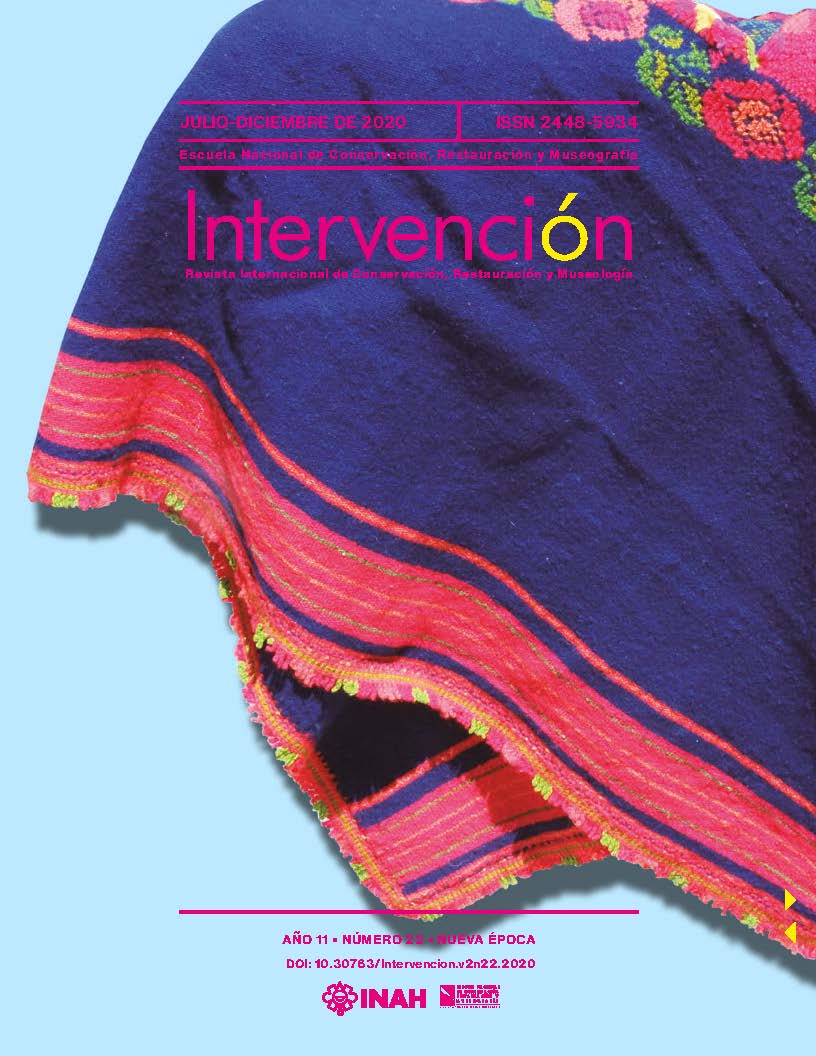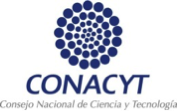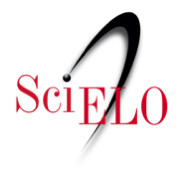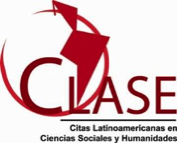Knowing our Visitors: a Studies on Publics and Museums. Volume III. Referents and Application Experiences from the Field Book Review
DOI:
https://doi.org/10.30763/Intervencion.239.v2n22.18.2020Abstract
This book is the third volume in the Estudios sobre Públicos y Museos (Studies in Visitors and Museums) series, coordinated by Leticia Pérez Castellanos, academic of the Postgraduate program in Museology at the Escuela Nacional de Conservación, Restauración y Museografía of the Instituto Nacional de Antropología e Historia (ENCRyM-INAH). This is an important contribution towards the existing body of work that demonstrates the significance and usefulness of visitor studies. This
work, in addition to providing a variety of case studies from museum institutions that have, for varying reasons, taken on the task of analyzing their audiences, focuses on key debates, dilemmas, and practices that characterize this type of research today.
Downloads
References
Ávalos, C. y Vázquez, U. (2011). Estudios de visitantes a museos 2010. Conaculta: México. Recuperado de http://sic.gob.mx/estudios_publico/17.pdf
Bitgood, S. y Shettel, H. (1996). An Overview of Visitor Studies. The Journal of Museum Education, 21(3), 6-10.
Cain, V. y Rader, K. (2008). From natural history to science: display and the transformation of American museums of science and nature, Museum and Society, 6(2), 152-171.
Cain, V. y Rader, K. (2014). Life on Display: Revolutionizing U.S. Museums of Science and Natural History in the Twentieth Century. Chicago: University of Chicago Press.
Corral, G. (2018). ¿Educación o motivación? La exposición «Human Biology» y el nuevo esquema expositivo del Natural History Museum de Londres, 1968-1977. Dynamis, 38(2), 477-504.
Eder, R. (2006). El público de arte en México: los espectadores de la exposición Hammer. En G. Sunkel (Coord.), El consumo cultural en América Latina (pp. 229-244). Bogotá: Convenio Andrés Bello.
Falk, J. (2012). Visitor Studies. En R. Gunstone (Eds.), Encyclopedia of Science Education (pp. 1096-1101). Dordrecht: Springer.
Macdonald, S. (2005). Accessing audiences: visiting visitor books. Museum and Society, 3(3), 119-136.
Marchand, R. (1998). Creating the Corporate Soul: The Rise of Public Relations
and Corporate Imagery in American Public Relations. Berkeley, CA: University of California Press.
Moreno, M. (2001). Encanto y desencanto. El público ante las reproducciones en los museos: tres casos del Museo Nacional de Antropología de la Ciudad de México. México: INAH.
Morris, P. (Ed.). (2010). Science for the Nation: Perspectives on the History of the Science Museum. Londres: Palgrave Macmillan.
Pedretti, E. e Iannini, A. M. (2020). Controversy in Science Museums: Re-imagining Exhibition Spaces and Practice. Londres: Routledge.
Pérez, L. (Coord.). (2018). Estudios sobre públicos y museos. Volumen III. Referentes y experiencias de aplicación desde el campo. México: ENCRyM-INAH.
Sánchez, C. (2008). La evaluación en museos y centros de ciencias. En M. Lozano y C. Sánchez (Eds.). Evaluando la comunicación de la ciencia. Una perspectiva latinoamericana (pp. 28-48). México: cyted/aeci/dgdc-unam,
Schmilchuk, G. (2012). Públicos de museos, agentes de consumo y sujetos de experiencia. Alteridades, 22(44), 23-40.
Witcomb, A. (2003). Re-imagining the Museum: Beyond the Mausoleum. Londres: Routledge.
Woodall, A. (2016). Sensory Engagements with Objects in Art Galleries: Material Interpretation and Theological Metaphor (tesis doctoral). School of Museum Studies, University of Leicester.
Additional Files
Published
How to Cite
Issue
Section
License
Copyright (c) 2020 Instituto Nacional de Antropología e Historia (INAH)

This work is licensed under a Creative Commons Attribution-NonCommercial 4.0 International License.

Atribución-NoComercial 4.0 Internacional
https://creativecommons.org/licenses/by-nc/4.0/deed.es
Usted es libre de:
- Compartir — copiar y redistribuir el material en cualquier medio o formato
- Adaptar — remezclar, transformar y construir a partir del material
Bajo los siguientes términos:
-
Atribución — Usted debe dar crédito de manera adecuada, brindar un enlace a la licencia, e indicar si se han realizado cambios. Puede hacerlo en cualquier forma razonable, pero no de forma tal que sugiera que usted o su uso tienen el apoyo de la licenciante.
-
No Comercial — Usted no puede hacer uso del material con propósitos comerciales.




















